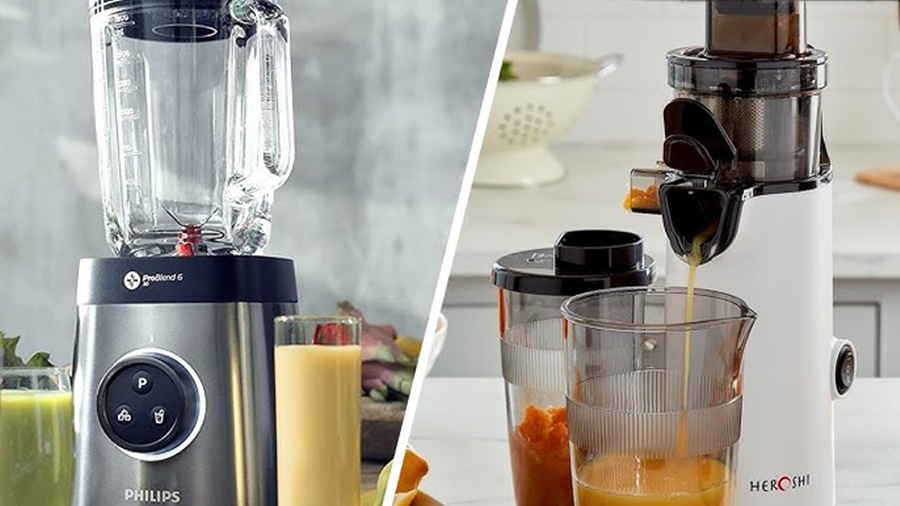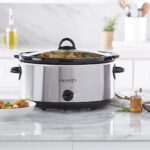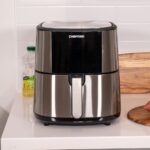When it comes to investing in kitchen appliances for a healthier lifestyle, the centrifugal juicer and the blender are two of the most sought-after options. Each offers unique advantages and caters to different dietary goals. Understanding their key differences, benefits, and limitations is crucial for making an informed decision.
What is a Centrifugal Juicer?
A centrifugal juicer is a high-speed appliance that uses a spinning metal blade against a mesh filter to separate juice from fruits and vegetables. It operates by shredding produce and spinning it at high speeds (up to 15,000 RPM), forcing the juice through the mesh while the pulp is discarded into a separate container.
Key Benefits of Centrifugal Juicers
- Fast Juicing: These machines are built for speed, making them ideal for busy mornings.
- Ease of Use: Simple design and minimal setup required.
- Affordable Options: Most centrifugal juicers are budget-friendly compared to other types like masticating juicers.
- Perfect for Hard Produce: Carrots, apples, and celery juice exceptionally well.
Drawbacks
- Nutrient Loss: High RPM generates heat, which can degrade enzymes and nutrients.
- Foam and Oxidation: Juice tends to oxidize faster due to air incorporation, reducing shelf life.
- Less Juice Yield: Especially with leafy greens and soft fruits, efficiency is lower than other juicing methods.
What is a Blender?
A blender is a versatile kitchen appliance that processes whole fruits, vegetables, and liquids into a smooth consistency. Unlike juicers, blenders retain all the fiber from ingredients, creating thicker, more filling drinks like smoothies or purées.
Key Benefits of Blenders
- Fiber-Rich Beverages: Keeps the pulp and fiber intact, essential for digestion and gut health.
- Greater Versatility: Can be used for soups, nut butters, sauces, smoothies, and more.
- No Waste: Since nothing is separated, you consume the entire produce.
- Longer Satiety: Fiber helps you feel fuller longer, aiding weight management.
Drawbacks
- Thicker Texture: Some people prefer the lighter texture of juice.
- Prep Time: May require more chopping and liquid to blend effectively.
- Not Ideal for Juicing Enthusiasts: If your goal is pure juice, the results may not meet expectations.
Centrifugal Juicer vs Blender: Key Differences
| Feature | Centrifugal Juicer | Blender |
|---|---|---|
| End Product | Juice (without pulp) | Smoothies (with pulp) |
| Nutrient Retention | Moderate (due to heat) | High |
| Speed | Very fast | Moderate to fast |
| Ease of Cleaning | Moderate | Usually easier |
| Fiber Content | Minimal | High |
| Versatility | Limited to juicing | Highly versatile |
| Noise Level | Loud | Varies (can be quieter) |
| Shelf Life of Output | Short (needs to be consumed quickly) | Longer |
Which is Better for Nutritional Value?
Blenders clearly win in terms of nutrient and fiber retention. Because blending doesn’t involve heat, the enzymes, antioxidants, and fiber remain intact, supporting digestion, heart health, and blood sugar balance. In contrast, centrifugal juicers can reduce the nutritional profile due to oxidation and heat during extraction.
However, juices made with a centrifugal juicer provide a quick and easily digestible nutrient boost, especially for people with sensitive digestive systems or those needing a fast shot of vitamins and minerals.
Which is More Suitable for Weight Loss?
If you are trying to lose weight, the blender might be the better tool. The fiber in smoothies keeps you feeling full longer and reduces spikes in blood sugar. Additionally, smoothies made from whole fruits and vegetables are more satisfying than juices, which can leave you hungry shortly after consumption.
However, juices can be a part of a cleansing or detox program, helping the body flush out toxins while giving the digestive system a break.
Which Appliance Saves More Time?
Centrifugal juicers are designed for speed. You can make a glass of juice in under a minute. However, cleaning the juicer afterward can be more time-consuming compared to a blender. Most blenders have detachable blades and fewer components, making them quicker to clean and store.
Cost Comparison: Which Is More Budget-Friendly?
Blenders generally offer more value for your money due to their versatility. A decent high-speed blender can be used across multiple recipes and kitchen tasks. On the other hand, centrifugal juicers are cheaper than masticating or cold press juicers, but their function is limited to just juicing.
Which One Is Better for Leafy Greens?
Blenders outperform centrifugal juicers when it comes to leafy greens like spinach, kale, or parsley. While some centrifugal juicers struggle to extract juice from these items, a high-powered blender can effortlessly blend greens into smoothies, ensuring none of the nutrients are wasted.
Centrifugal Juicer vs Blender: Ideal Use Cases
Choose a Centrifugal Juicer If You:
- Prefer clear, pulp-free juice
- Want quick extraction with minimal prep
- Don’t mind cleaning parts after use
- Plan to juice mostly hard produce like apples and carrots
Choose a Blender If You:
- Want to retain fiber for digestive health
- Prefer smoothies, soups, or mixed beverages
- Need a multi-functional appliance
- Are focused on satiety and long-term energy
Environmental Impact: Which One is Greener?
Blenders may have a slight edge here due to zero food waste—everything goes into the cup. Juicers, by contrast, generate pulp waste which, unless composted or reused in recipes, ends up in the trash. Additionally, the longer shelf life of smoothies means less likelihood of unused product being thrown away.
Conclusion
Both appliances play a valuable role in a health-conscious kitchen, but they cater to different goals:
- If your priority is rapid nutrient intake with minimal prep, go for a centrifugal juicer.
- If your focus is fiber, versatility, and whole-food nutrition, a blender is the better investment.
The best choice ultimately depends on your lifestyle, dietary needs, and kitchen habits. Some households may even benefit from owning both appliances to enjoy the advantages of each.








Leave a Reply